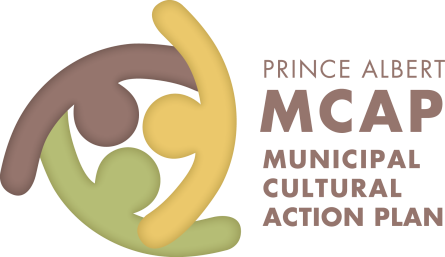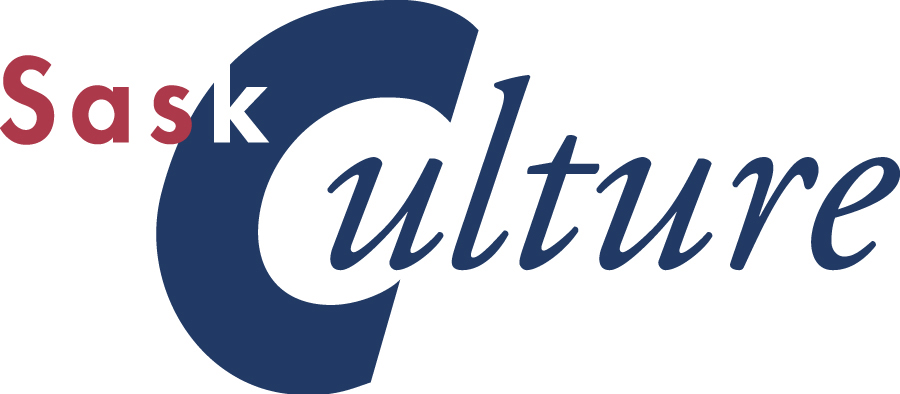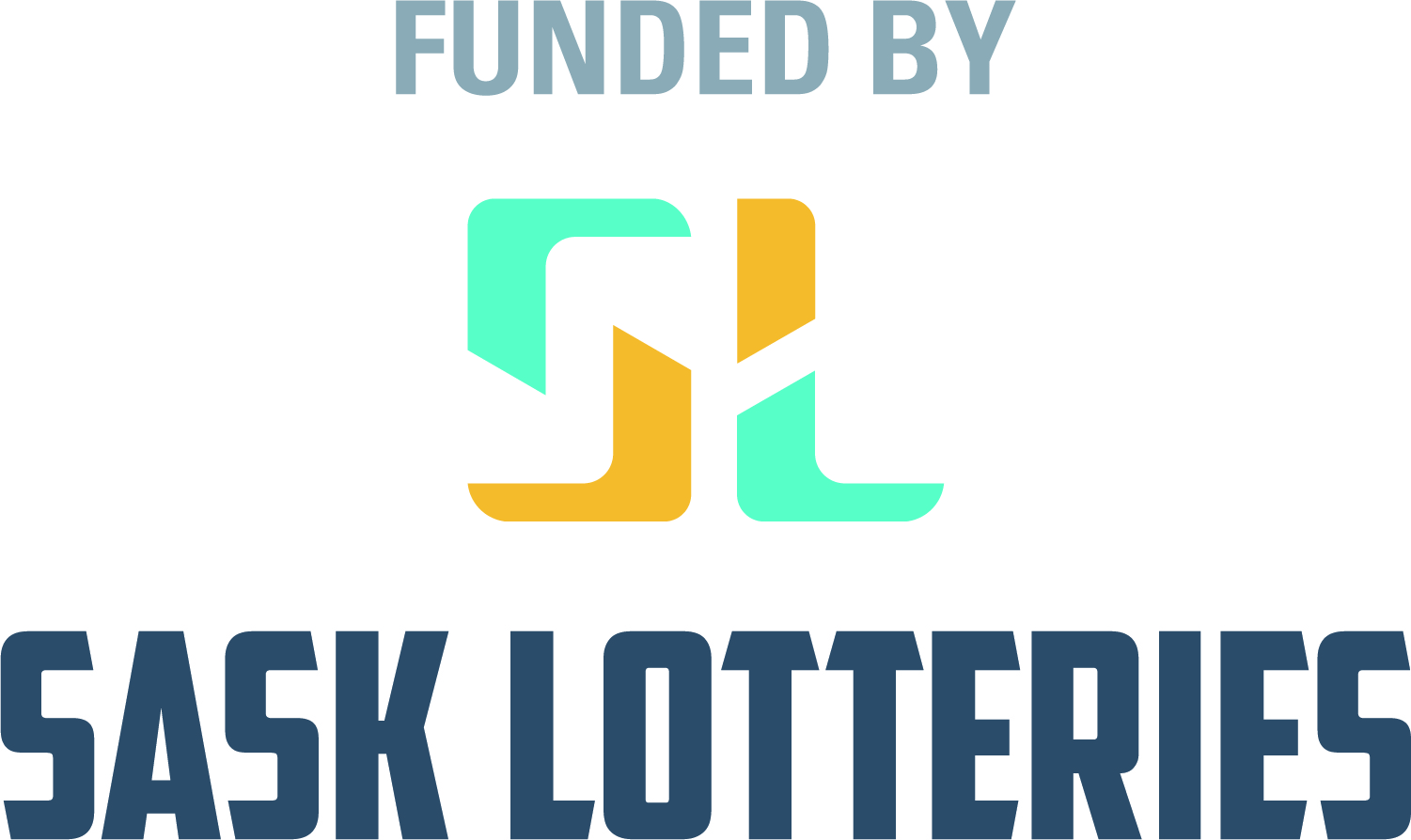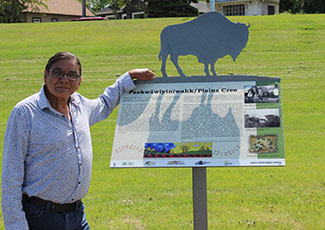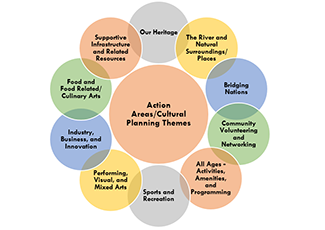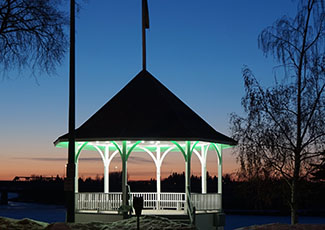Why commemorate Indigenous history in our community through the naming of streets, parks and other civic assets?
- Prince Albert has one of the highest Aboriginal (First Nations, Metis and Inuit) population ratios in any Canadian City at 41.5% (2016 Census).
- By naming our civic assets we call attention to a particular history.
- Many of our monuments, buildings and assets are named after non-Indigenous settlers.
- The stories of Prince Albert’s Indigenous history and the people and leaders involved are not proportionally represented in our community.
- We often think of history as starting when settlers arrived the process of building our towns and cities. In fact, there was an entire pre-settler history that is not proportionately acknowledged or celebrated.
- There is a broader call to action from the Truth and Reconciliation commission for a strategy to recognize Indigenous history and commemorate residential schools sites, history and legacy. Identifying and supporting the future naming of potential City assets is one part of achieving this goal.
This is an opportunity to celebrate and commemorate many facets of our Indigenous history and to recognize and remember the legacy of residential schools and the contributions of Aboriginal people in our community.
The first step was taking an inventory of what assets have an Indigenous name in Prince Albert. While almost 42% of our population is Indigenous, only nine locations were identified.
1. River Street Signage in local Indigenous Languages
You may have noticed 3 sign posts along River Street at 1st Avenue West, 1st Avenue East and 6th Avenue East. These sign posts provide the language translation for "River Street" in our local six Indigenous languages of Plains Cree, Swampy Cree, Woodland Cree, Dakota, Denesuline, and Metis (Northern).
The project was approved by City Council following recommendation from the Historical Society’s First Nation and Metis Knowledge Keepers' Committee. The committee assisted with prioritizing and recommending names and locations to present to the City’s Community Services Advisory Committee and City Council.
The location was chosen in part because of the significance of the river to Indigenous communities as the historical meeting place.
Watch this video to learn from Traditional Knowledge Keepers about the meaning of, and how to say the Indigenous names for "River Street":
